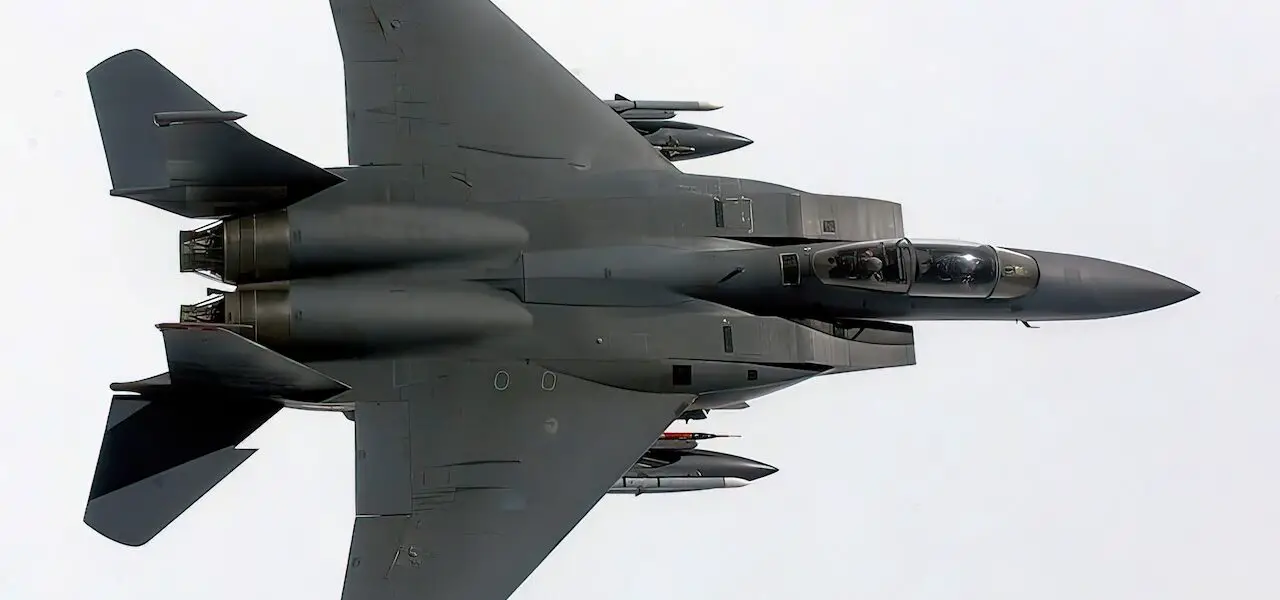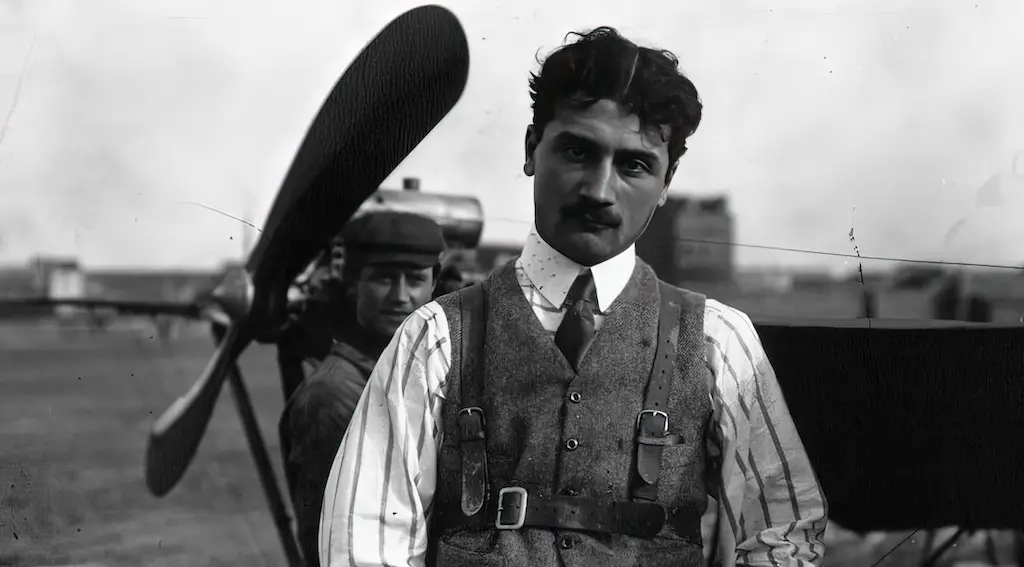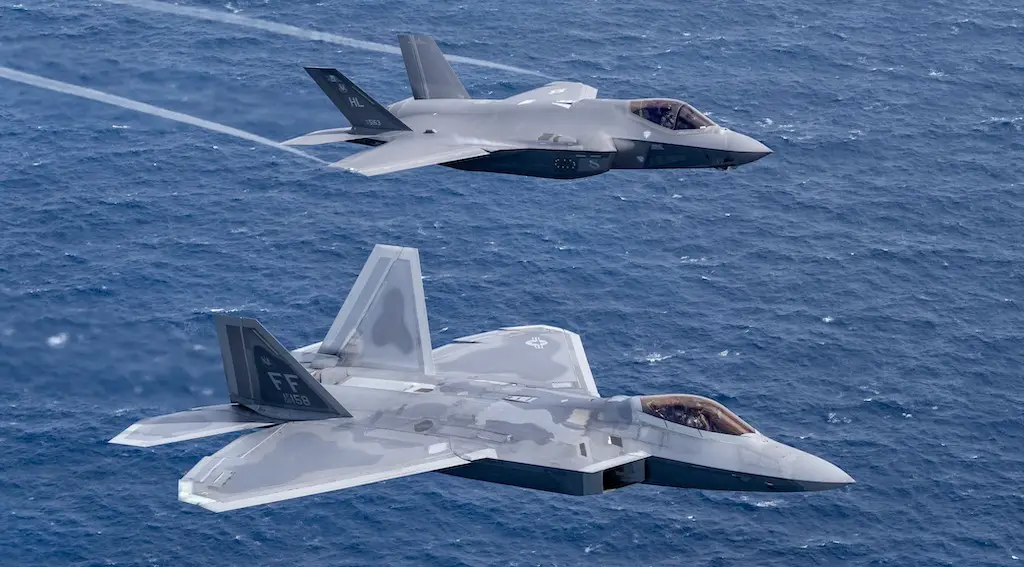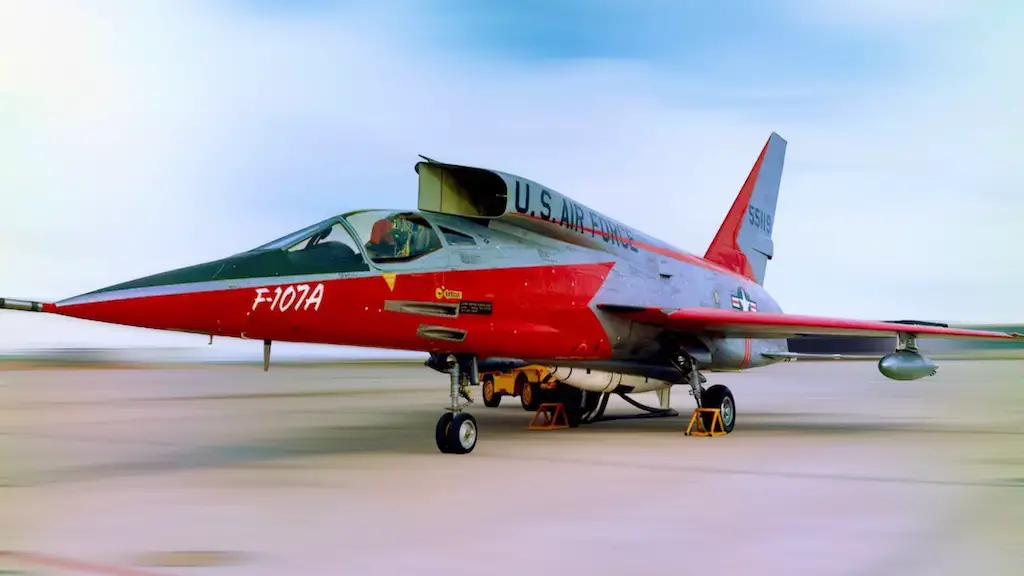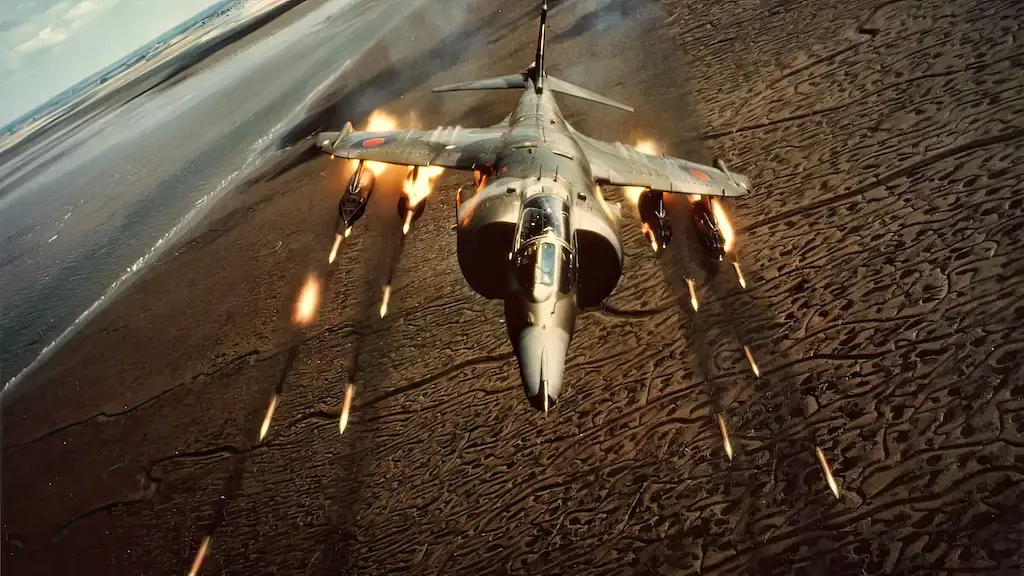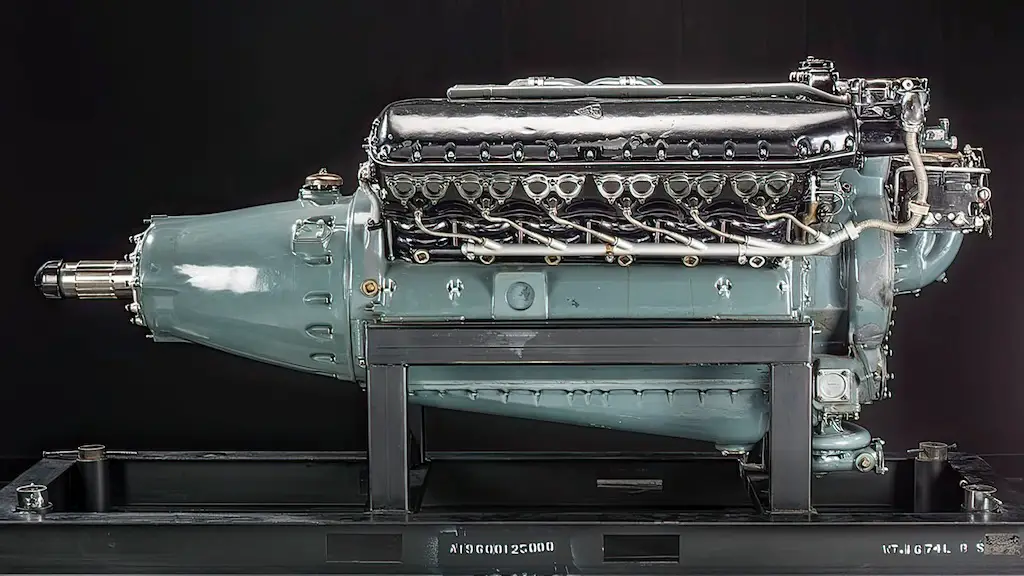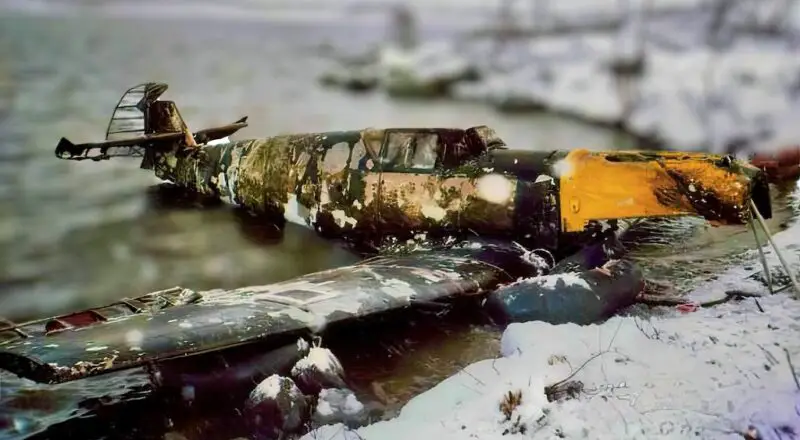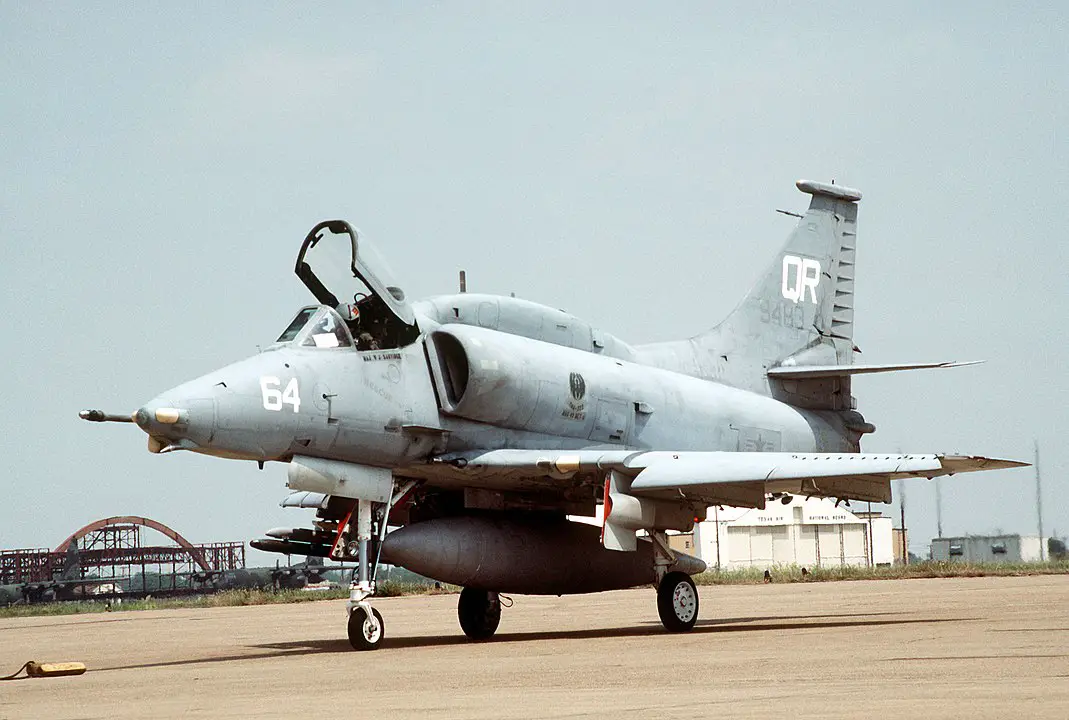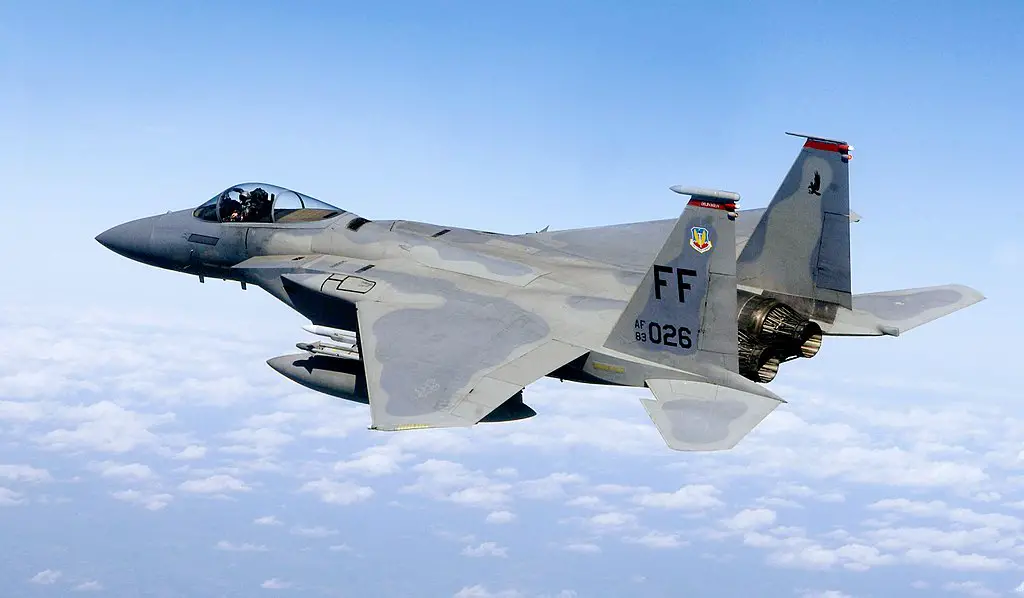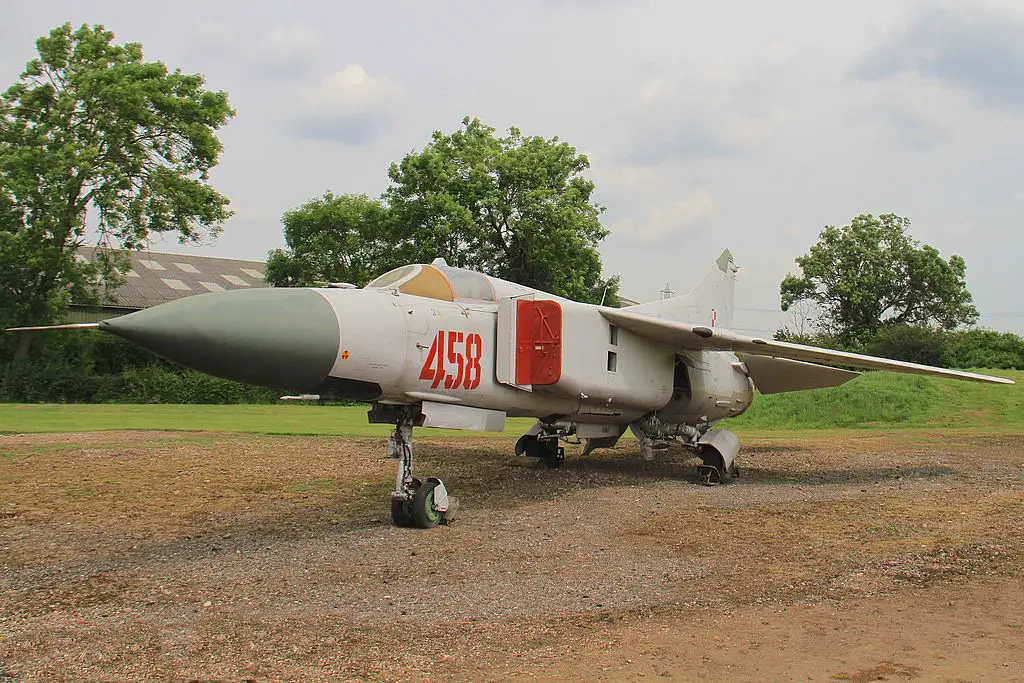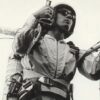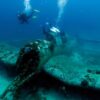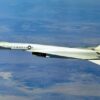Even with hours of training it’s hard enough flying and keeping control of a multi-million dollar aircraft and landing with two wings, let alone one. But what would it be like to land an aircraft with only one wing? Impossible I hear you say. But back in May 1983 an Israeli pilot did just that. This Israeli Air Force pilot managed to bring his McDonnell Douglas F-15D Eagle back to base with the aircraft’s right wing gone almost completely due to a mid-air collision. A miracle, and pilot skill no doubt. But what actually happened?
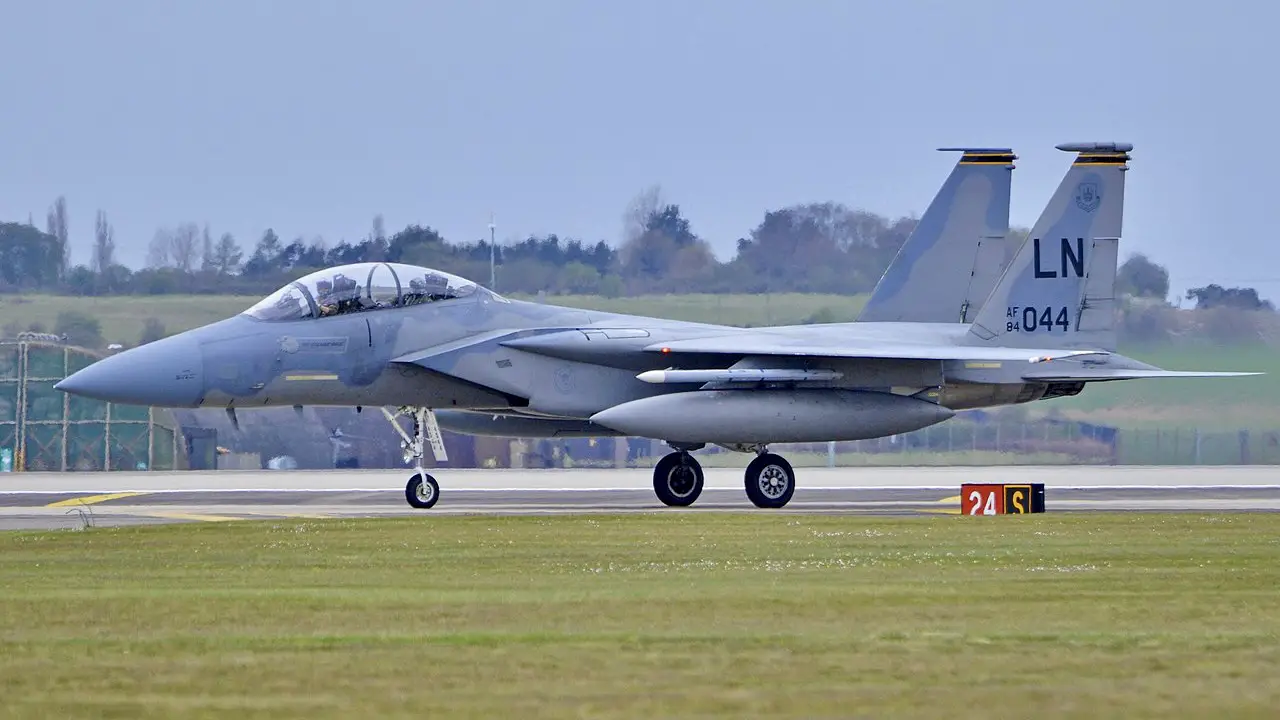
A training dogfight gone wrong
On that day two Israeli F-15D (a training two-seater version of the Eagle) were doing a dissimilar air combat training session over the Negev desert. That is, they were practicing aerial combat against an adversary aircraft belonging to a different weight class.
Their sparring partners were four Douglas A-4 Skyhawks, old subsonic attack aircraft half the size of the Eagle. In the heat of the dogfight, an F-15D with Zivi Nedivi and Yehoar Gal in the cockpit, met with one of the Skyhawks in a dreadful collision. The A-4 turned into a fireball, and the F-15D had its right wing torn off about two feet from the root.
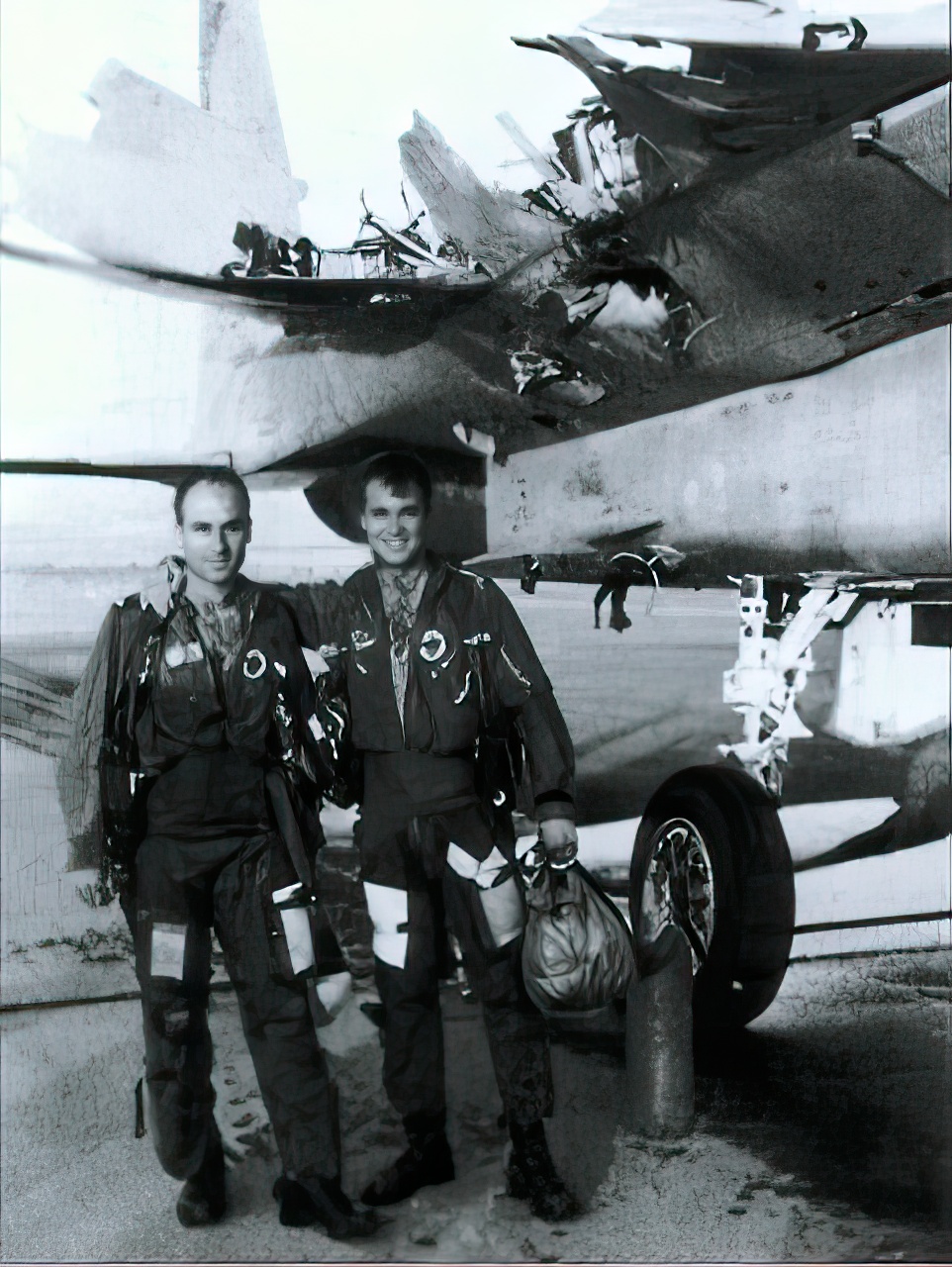
It’s not over till it’s over
While the disintegrating Skyhawks pilot ejected instantly, the Eagle’s pilot Zivi Nedivi didn’t think his mission was over. He clung to the controls in a desperate attempt to stabilize the spiraling fighter. It worked, Nedivi managed to regain control of the aircraft. Seeing the chance to save the stricken fighter, Nedivi overrode his lower-ranking instructor’s order to eject. Instead, he engaged the F-15’s afterburner and rocketed to the nearest runway at Ramon Air Base.
The most improbable landing ever
To prevent stalling, Nedivi made the approach at twice the F-15’s normal landing speed, touching down at about 300 mph. He deployed the fighter’s tail hook to slow it down after landing. But, predictably, the hook was ripped off right after the touchdown. The Eagle finished its landing roll mere 20 ft from the runway’s end.
Incredibly, no one was injured. As Nedivi told later, he and Gal weren’t really aware of the scale of damage sustained by the plane until they opened the canopy—vaporizing fuel from the aircraft’s mutilated wing had been obscuring their view. In his own words, had Nedivi known how bad things actually were, he might as well have ejected right there and then.
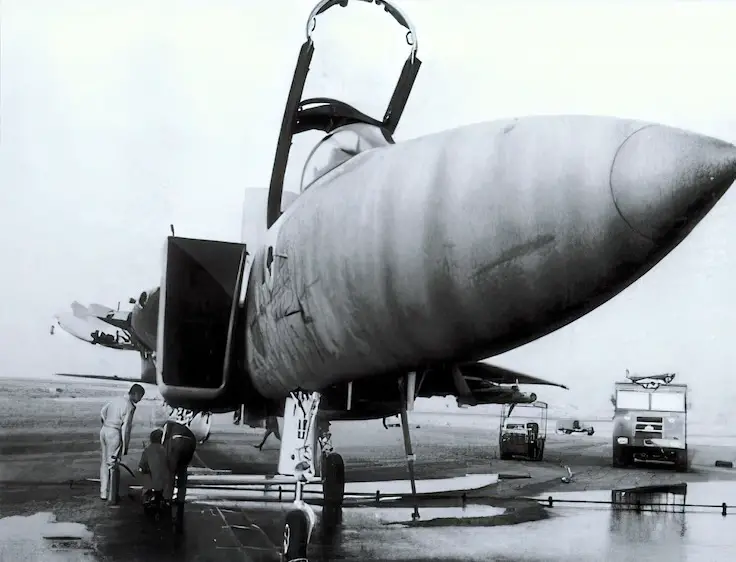
How was such a miracle even possible?
Half the reason of this breathtaking story’s happy ending lies in the Israeli pilot’s courage and impeccable flying skills. The other half is in the F-15’s unique performance characteristics. This two-engine fighter’s wide fuselage is capable of providing a significant amount of additional lift.
Similarly to NASA’s lifting body research aircraft, which have no wings at all, the Eagle can make a landing even after losing one of its wings. Provided that it flies fast enough. And its pair of Pratt & Whitney F100-PW-220 turbofans, each generating 23,770 lb of thrust with afterburner, have no problem ensuring that. Very few other aircraft, if any, would allow the pilot to accomplish such a feat.
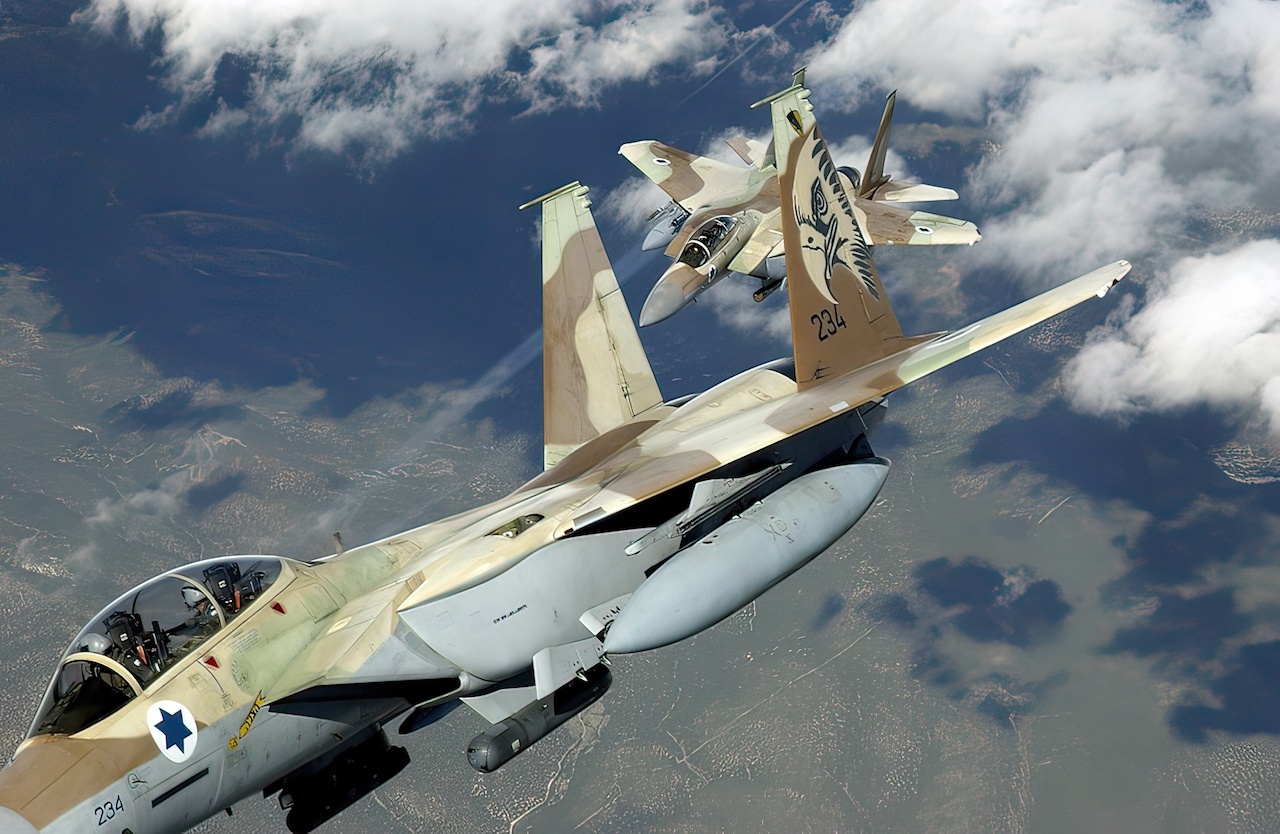
As it turned out, Nedivi didn’t save that F-15 Baz No. 957 in vain. The airframe was fully repaired by the manufacturer and rejoined the Israeli Air Force, soon adding a Syrian MiG-23 to its four victories scored during the First Lebanon War prior to the incident.

